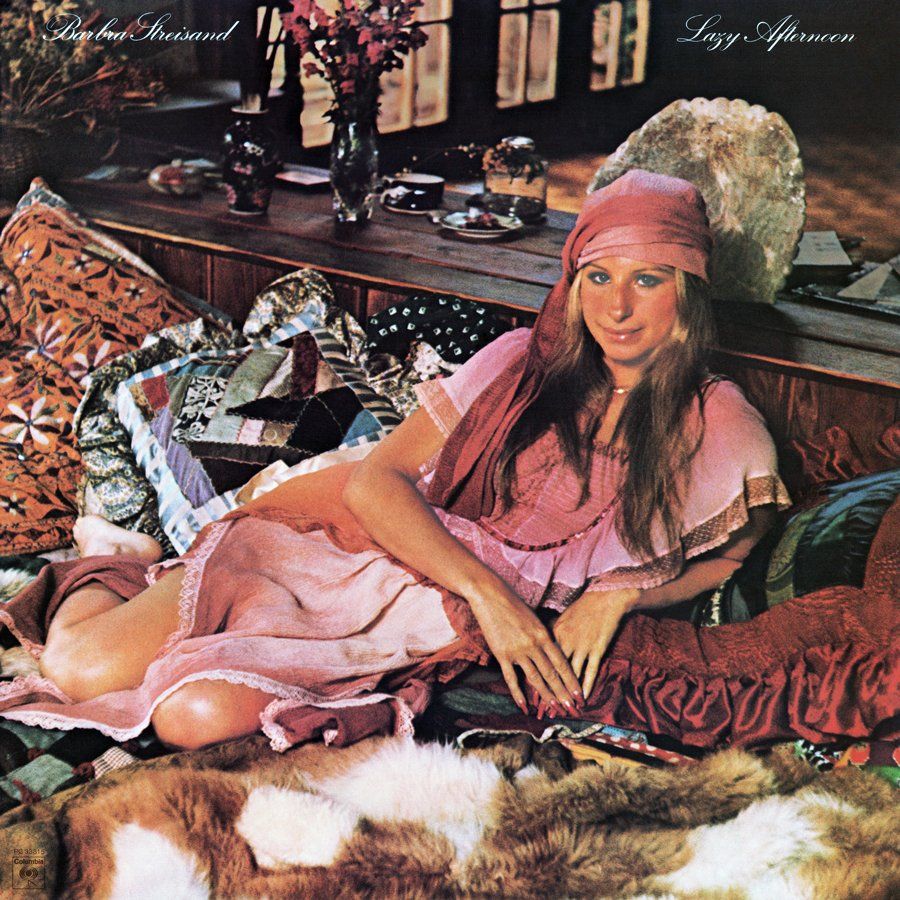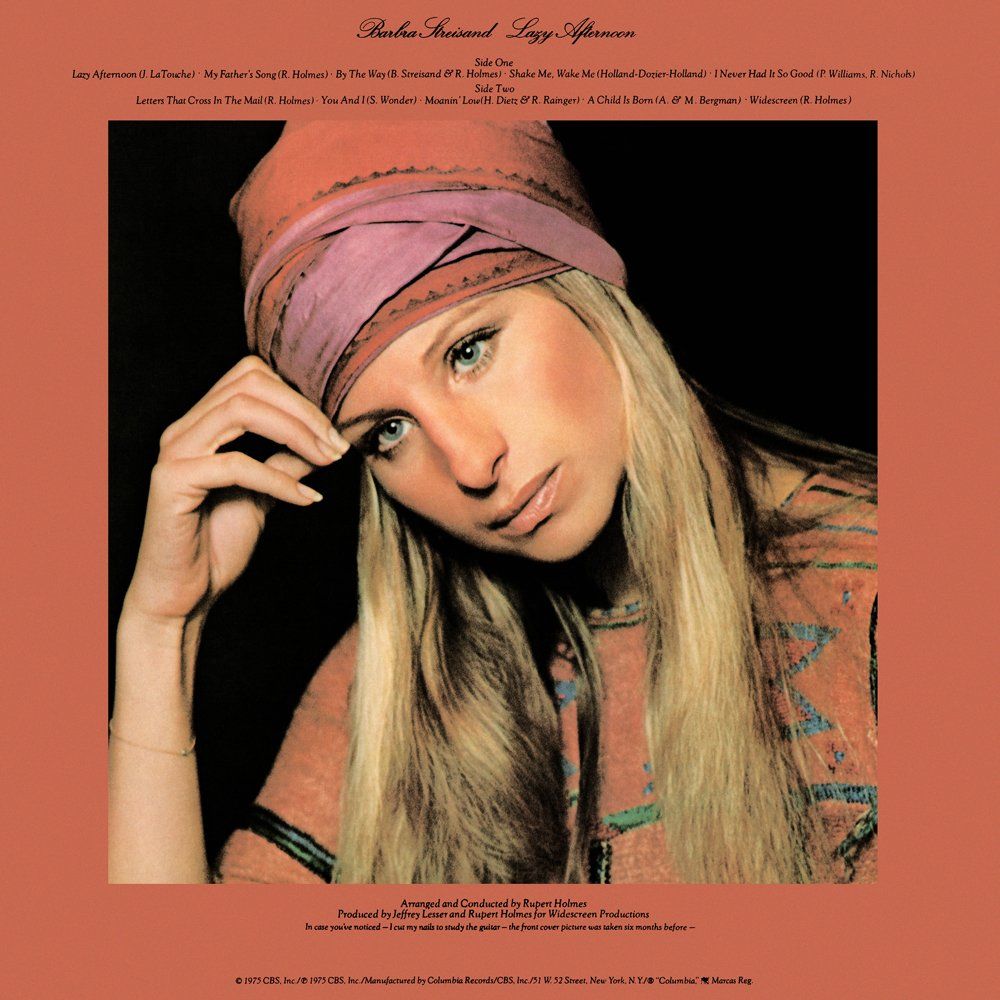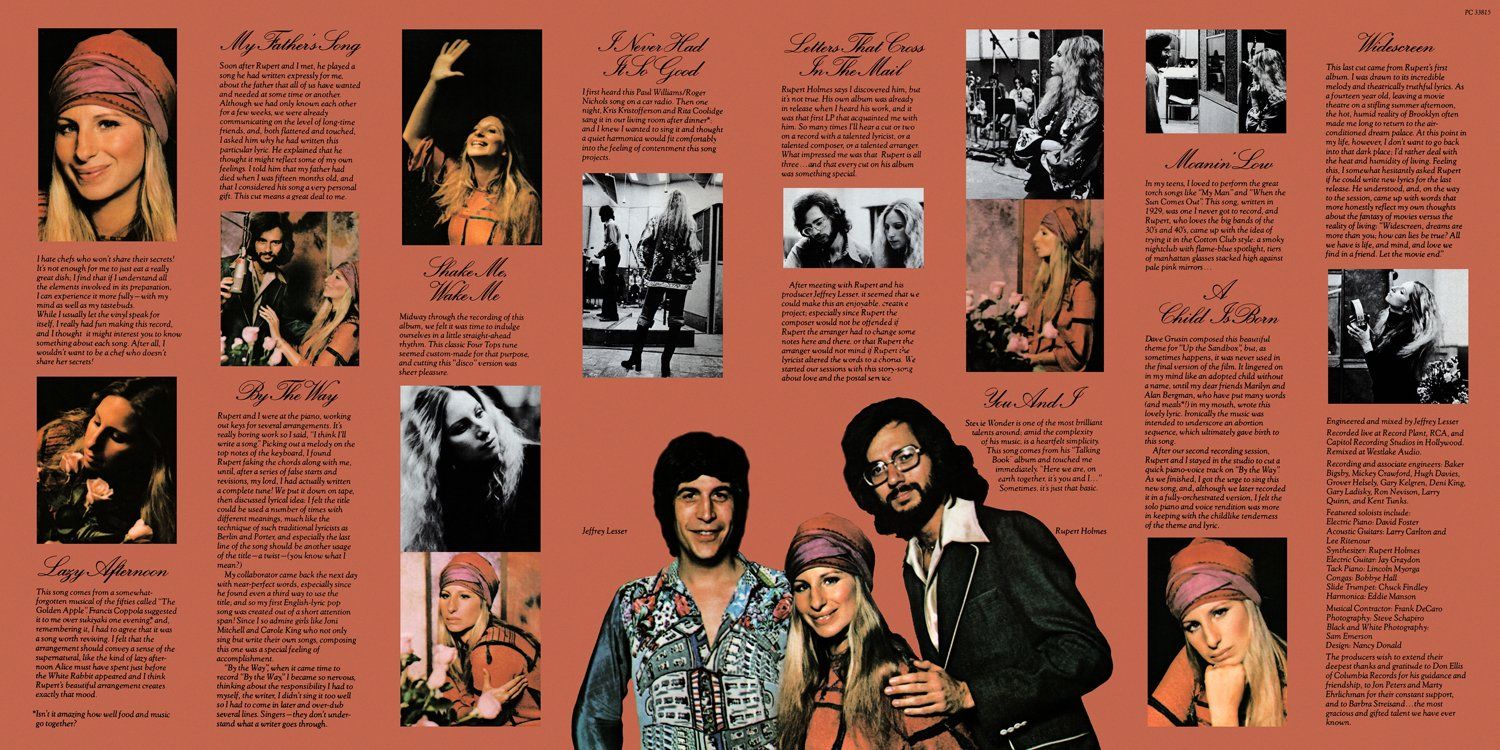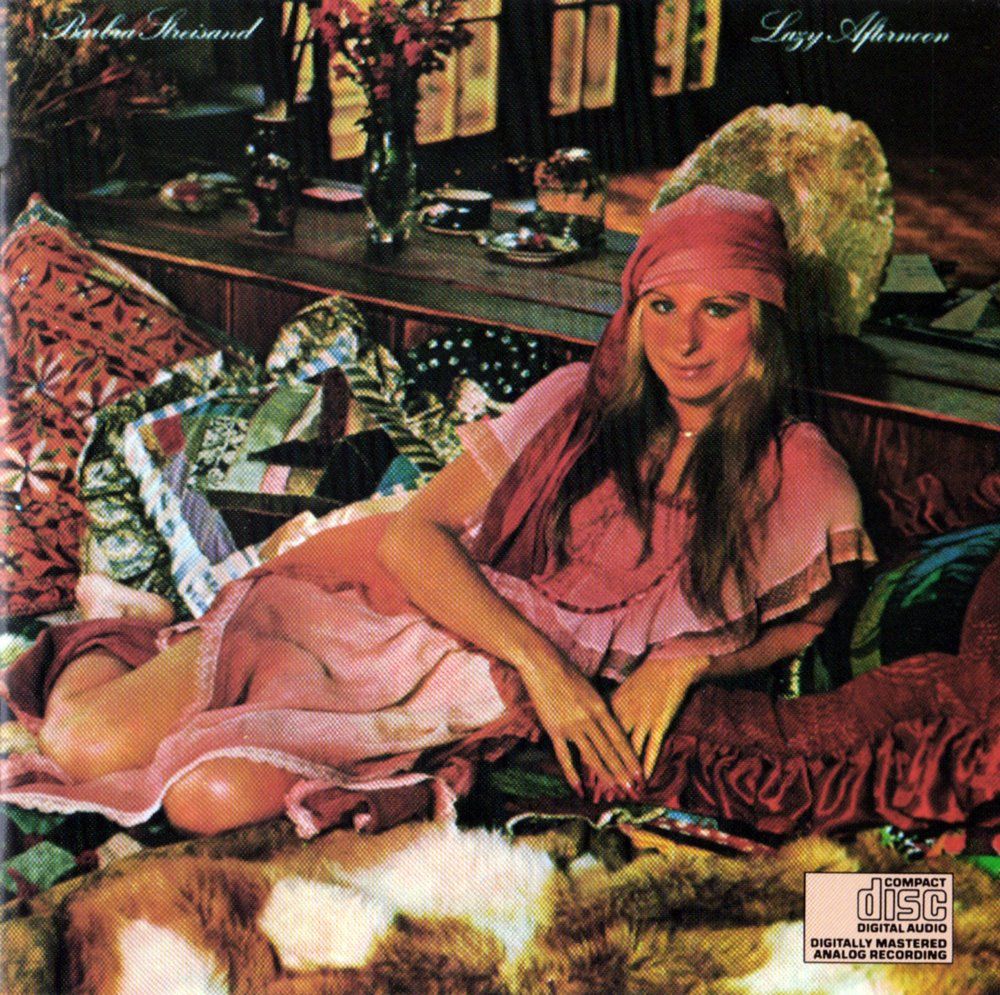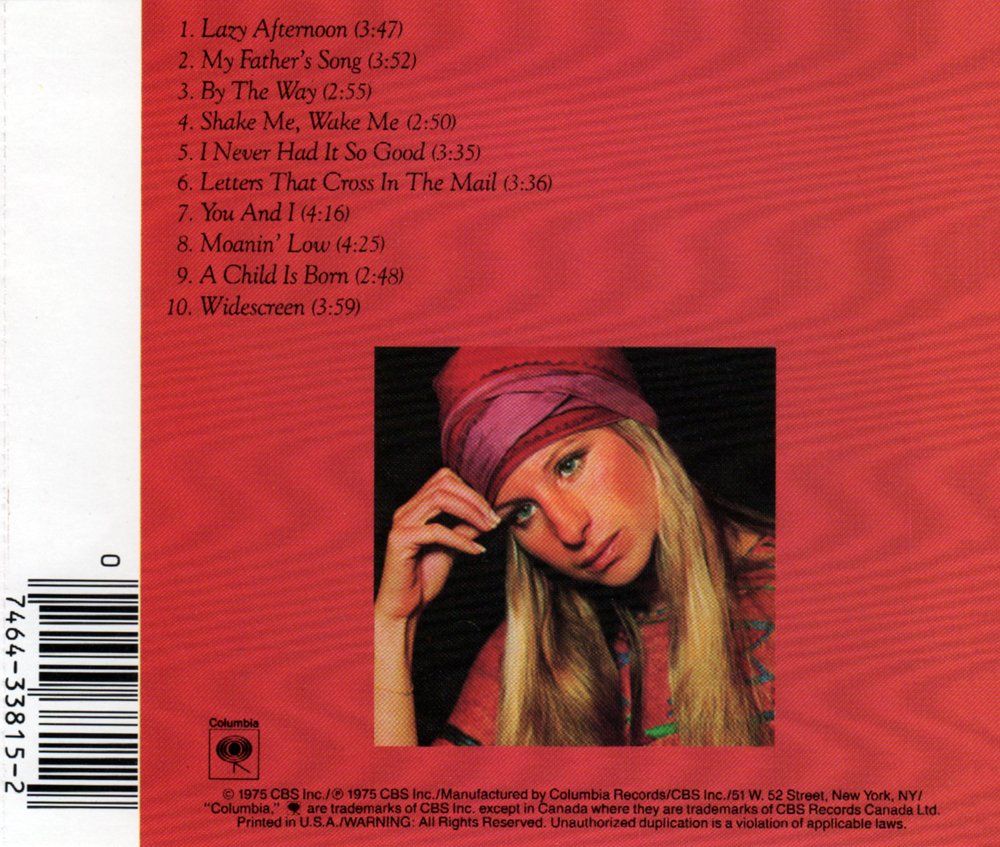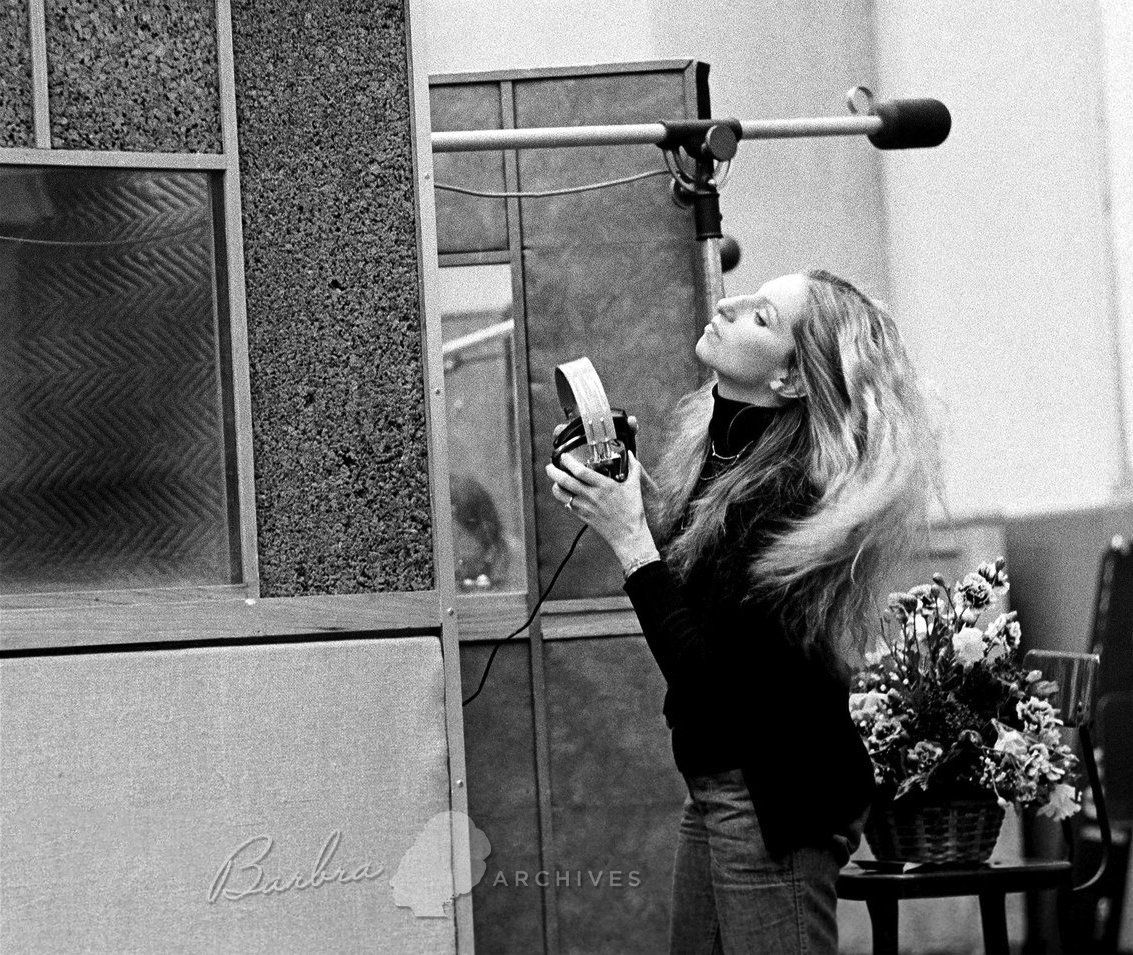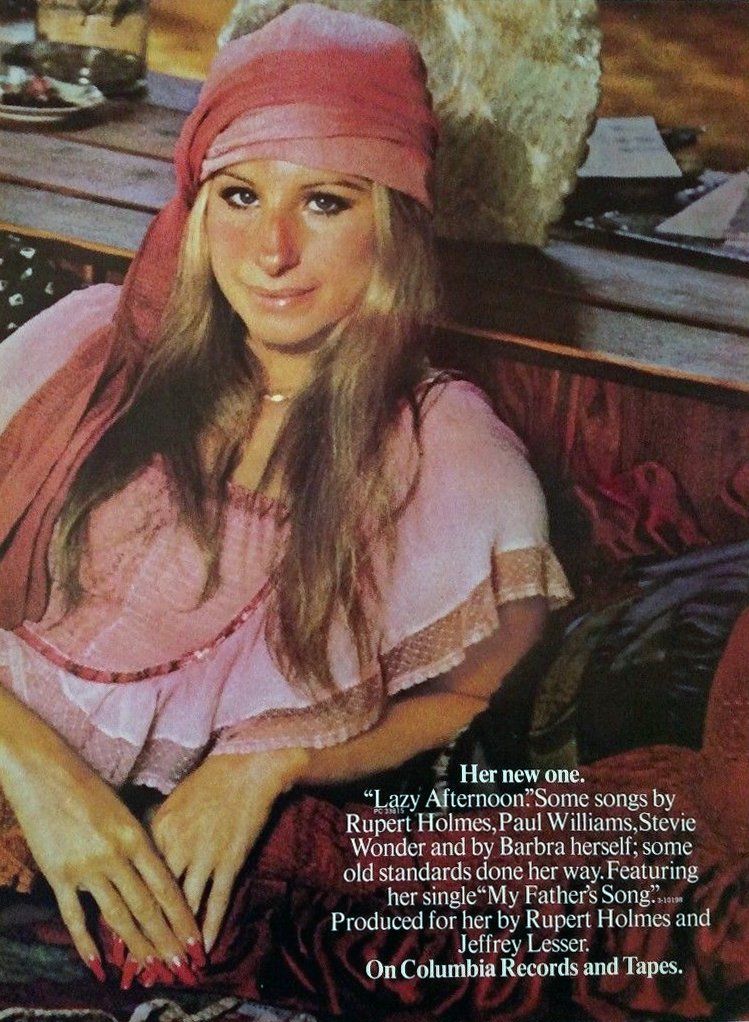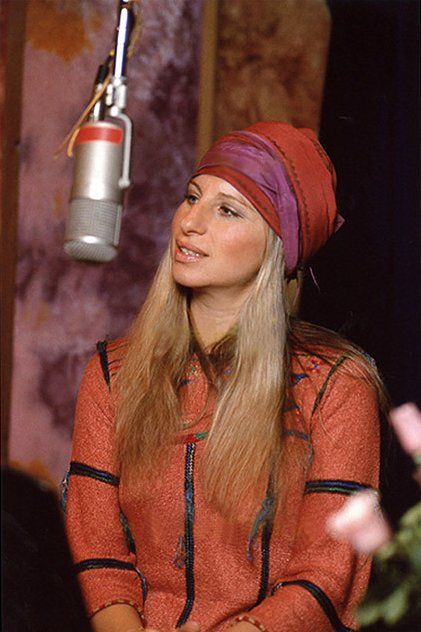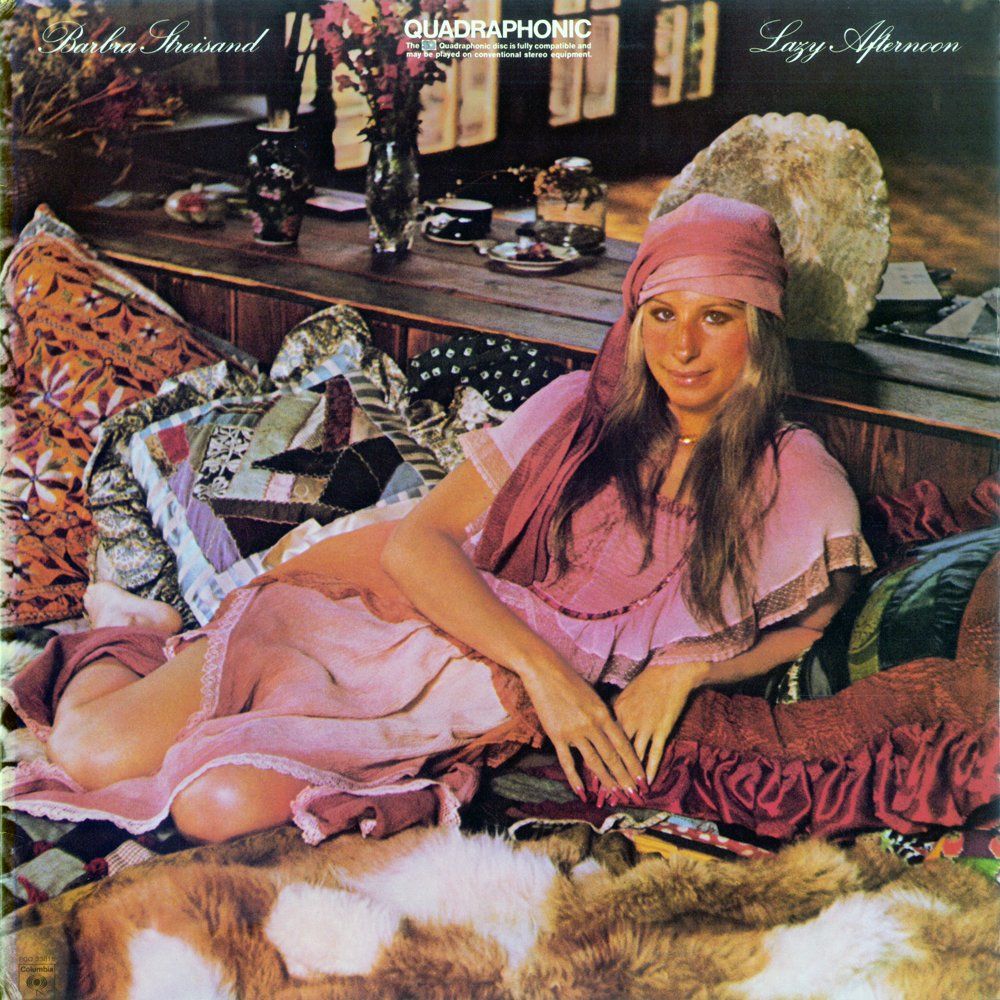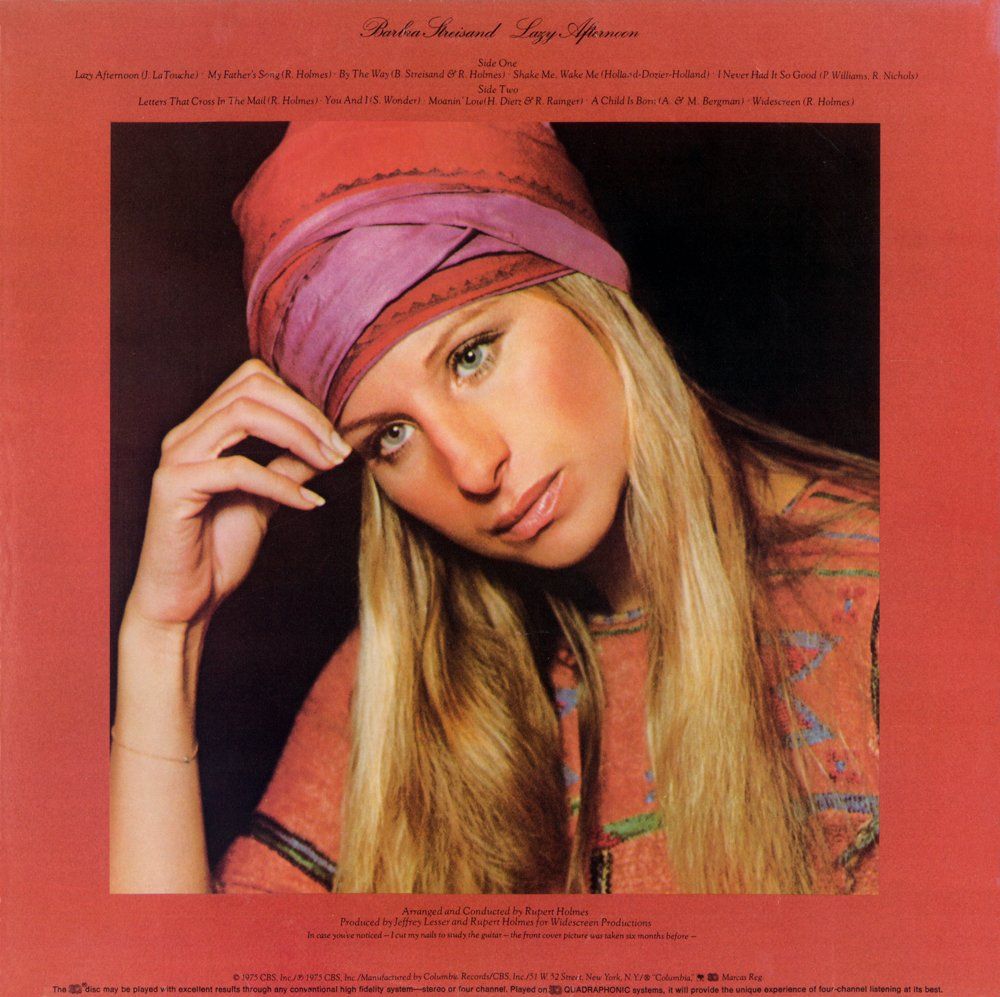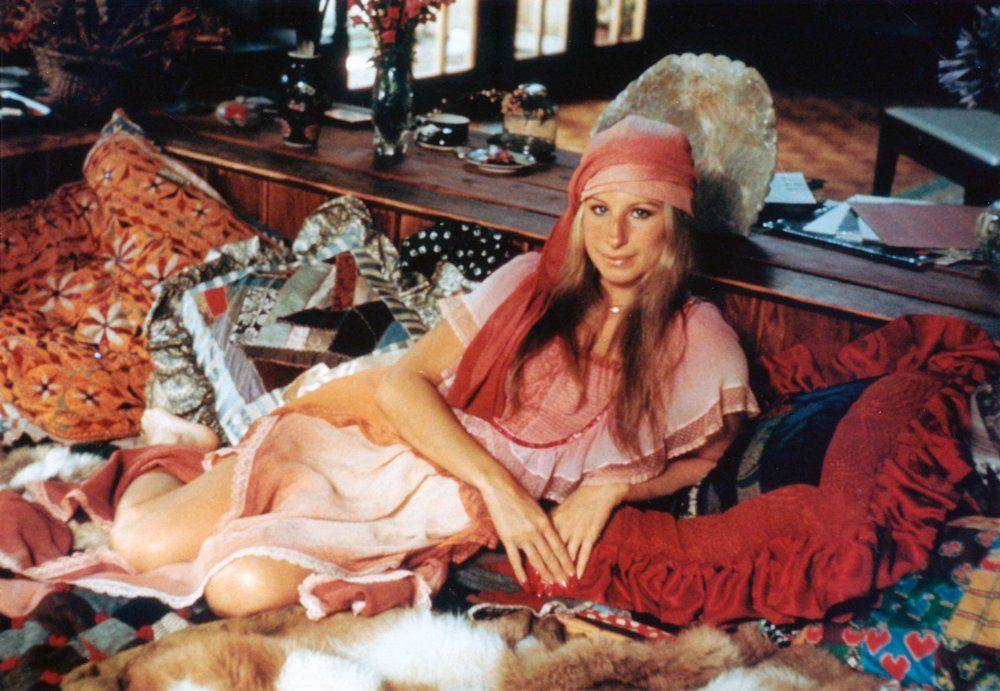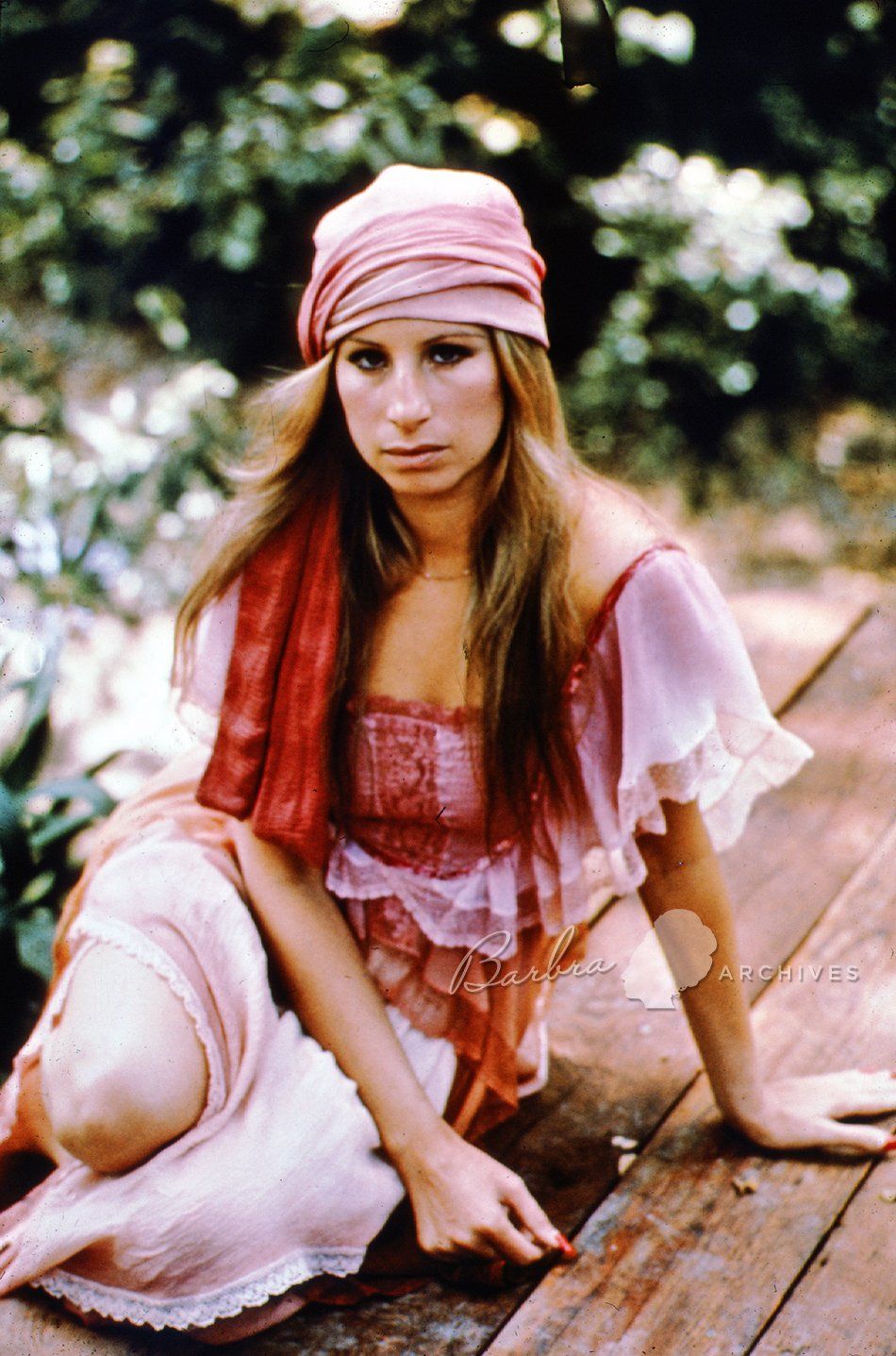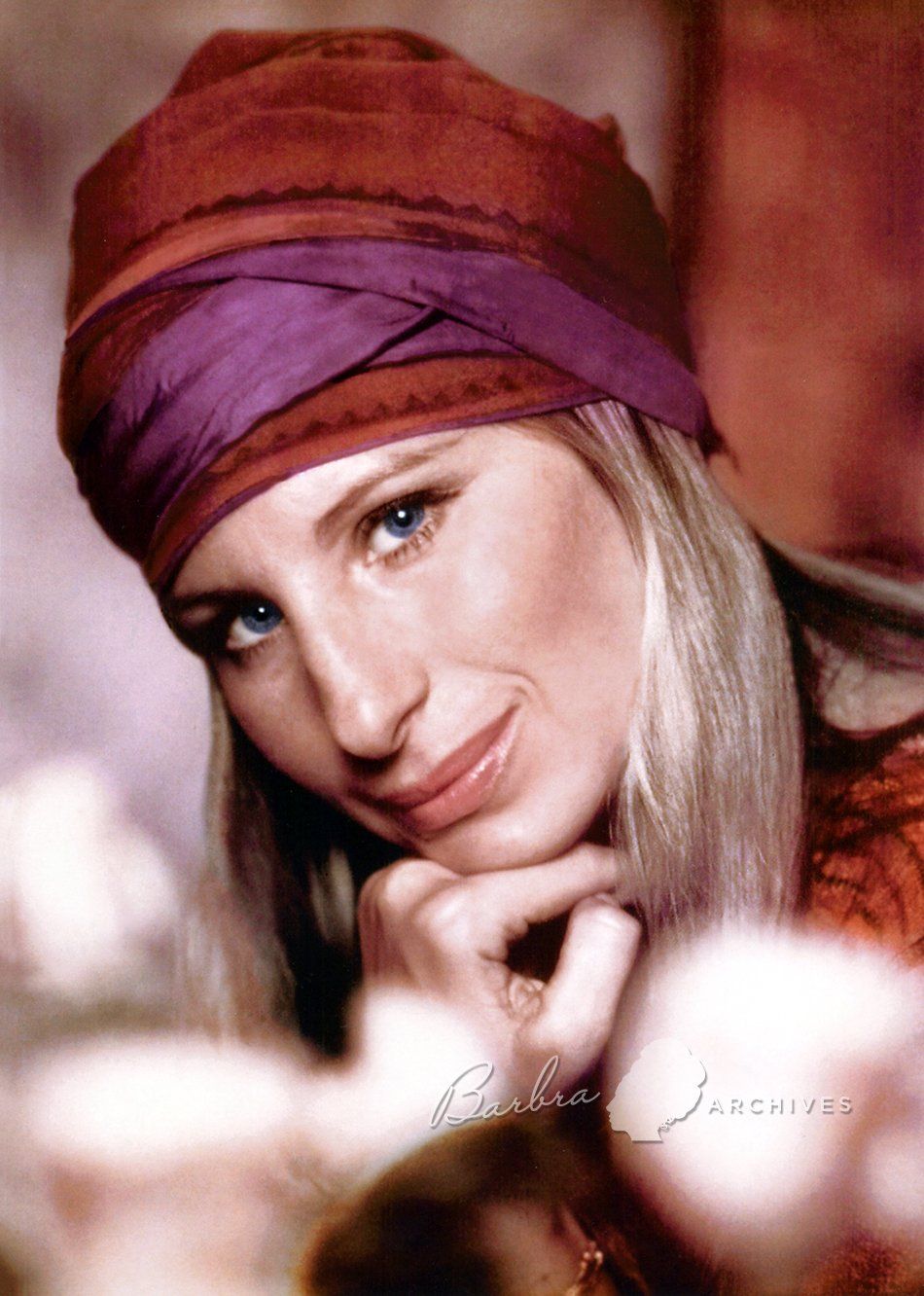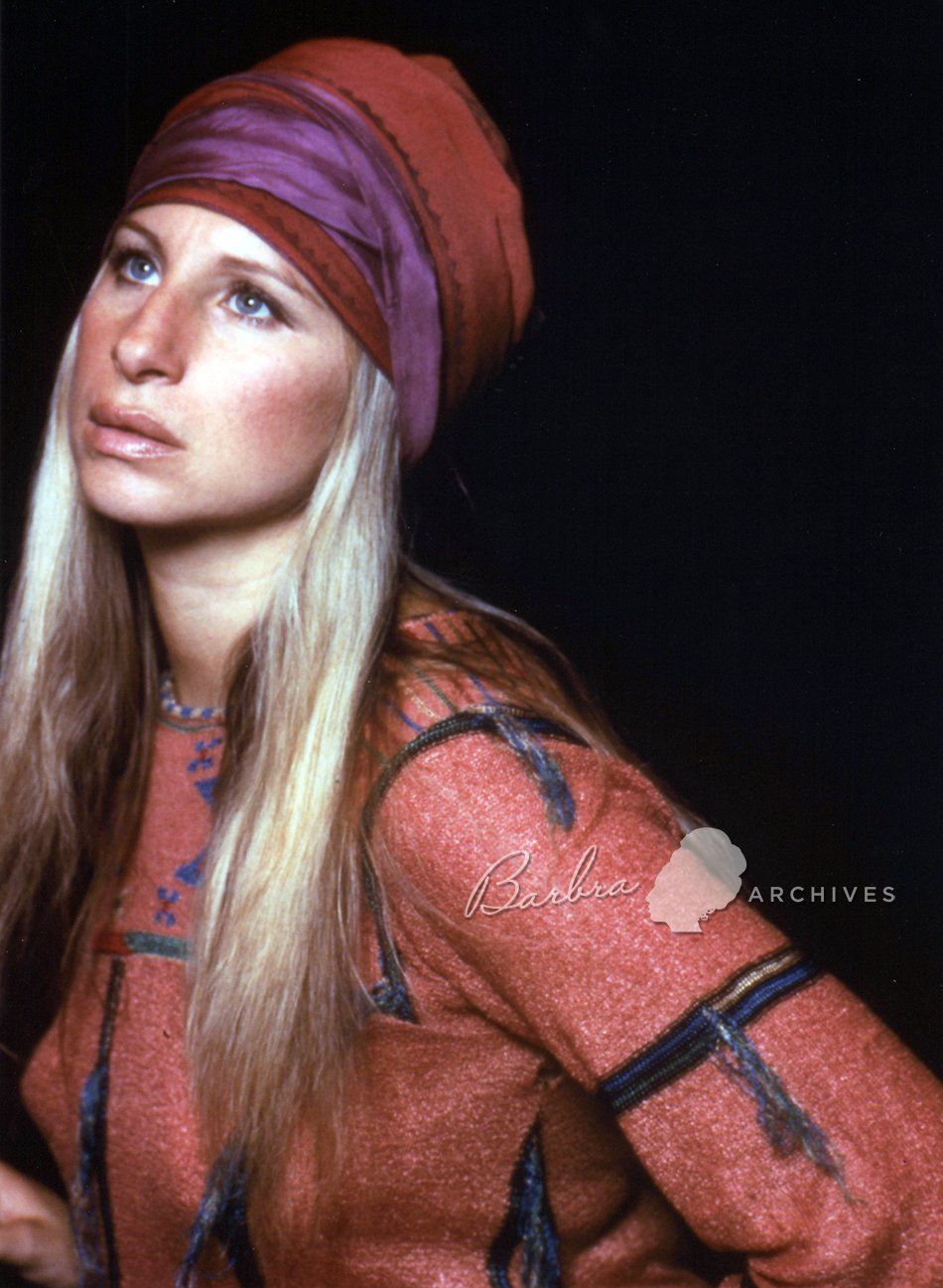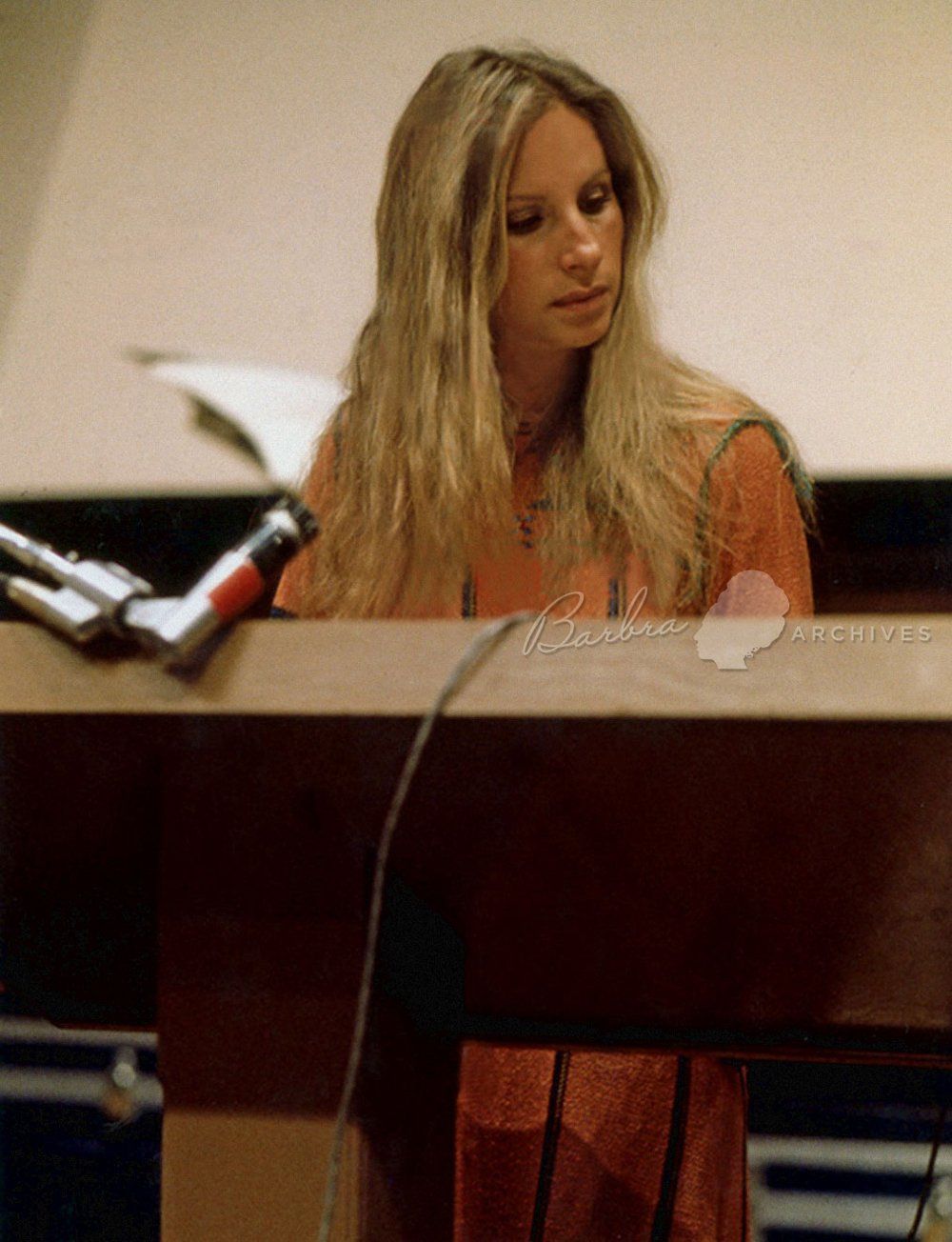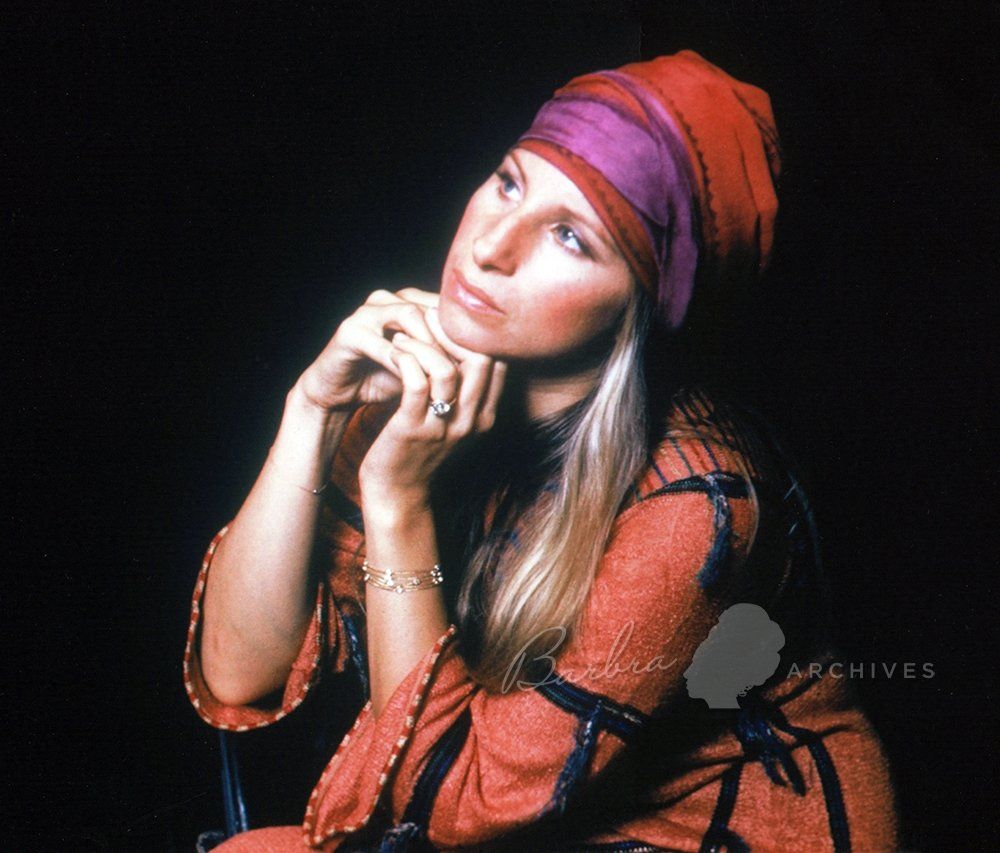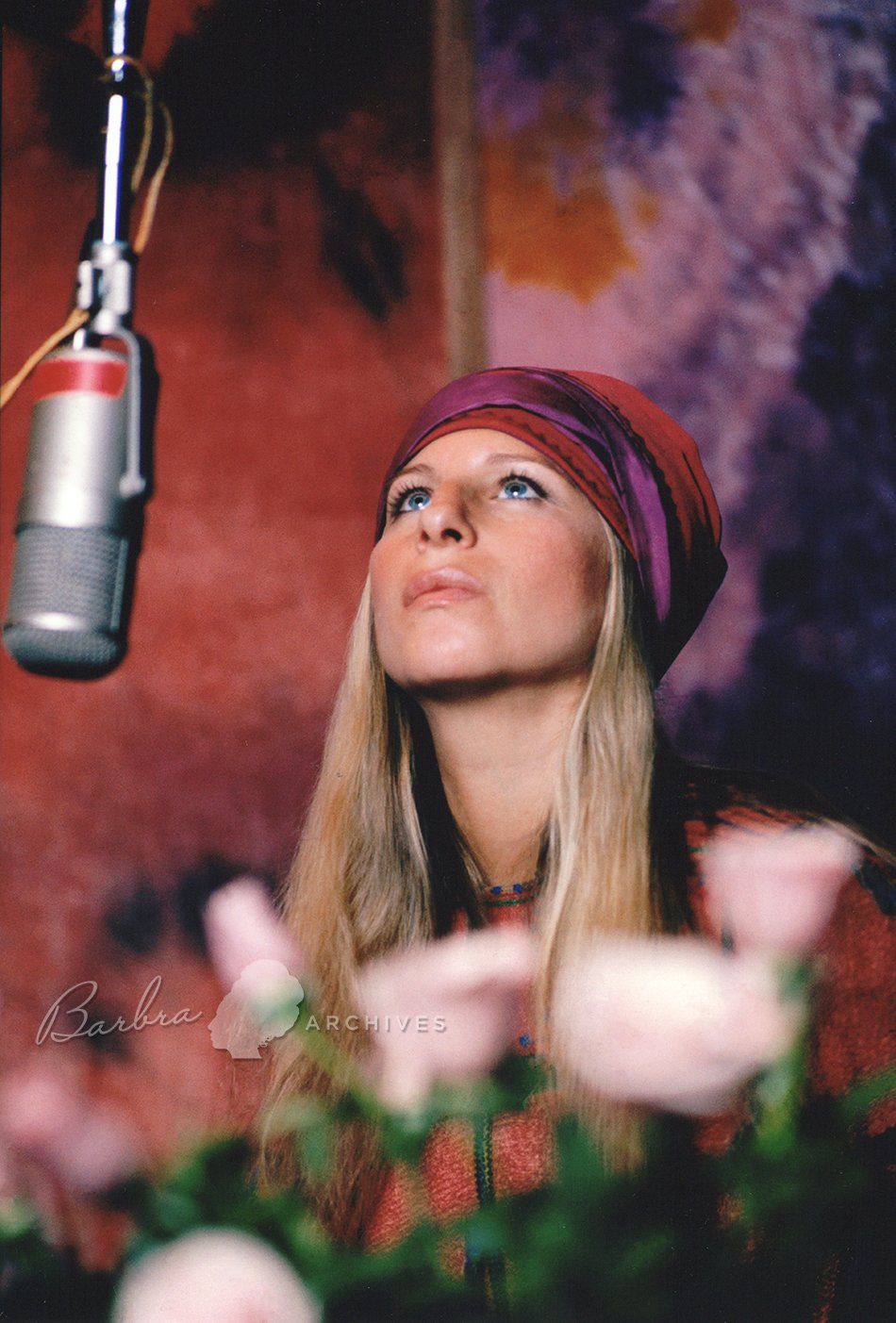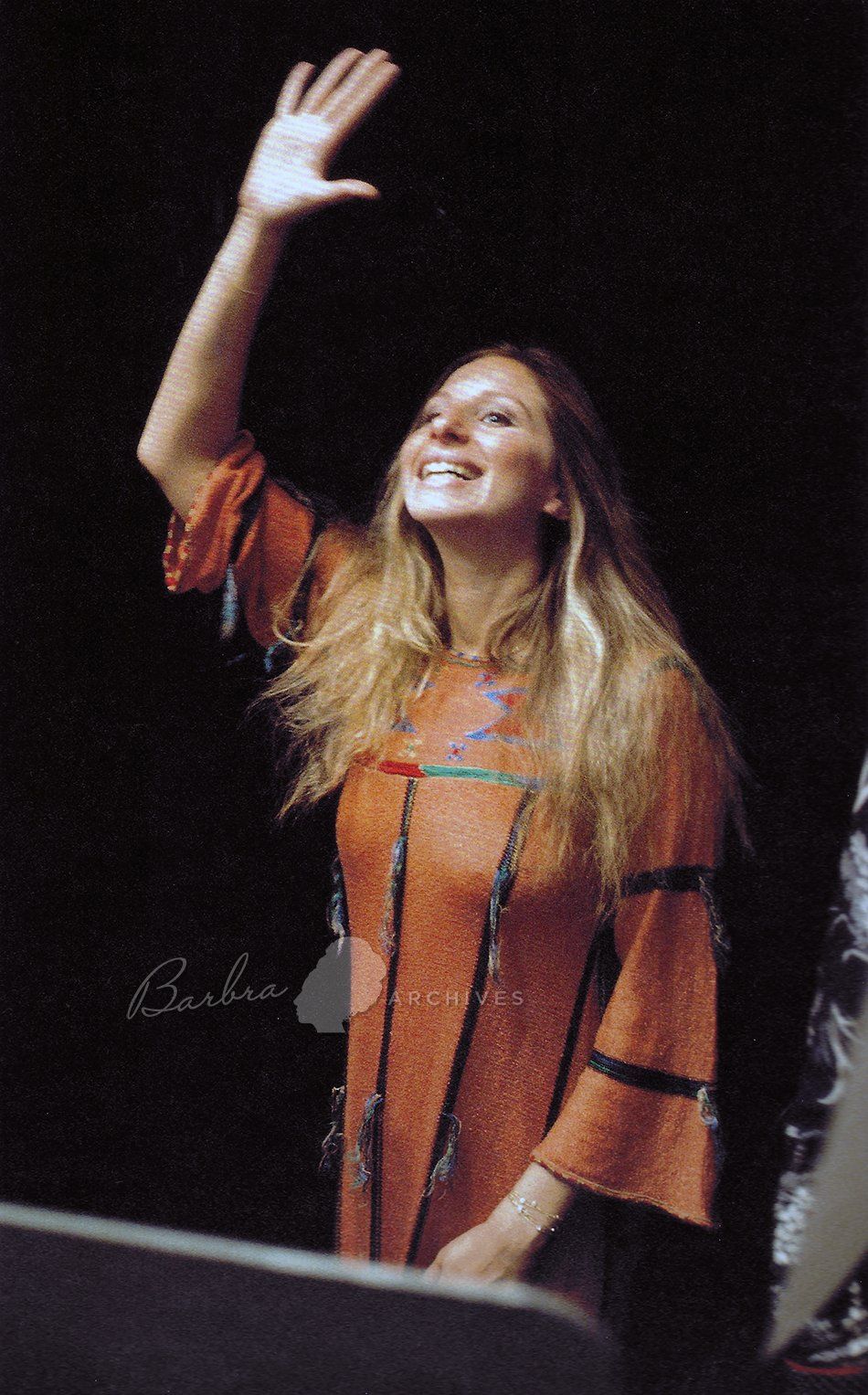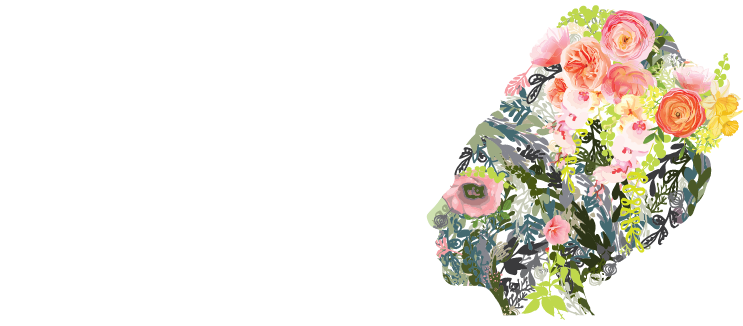Barbra Streisand was hard at work putting together her film of A Star is Born in early 1975.
“I heard an album called Widescreen by a young singer / songwriter named Rupert Holmes,” Barbra explained. “I was really impressed with his cinematic approach to writing and producing. So, I asked if he’d like to try making an album with me!”
Rupert Holmes, whose Widescreen album was on Epic Records, remembered, “An Epic executive sent her two songs he thought she’d like, ‘Wide Screen’ and ‘Letters that Cross in the Mail.’ The next day I got a call from Barbra. She told me to send her two lead sheets. I thought it was somebody playing a joke so I made her hum ‘People.’ She hit a note you can’t believe.
“The next day she called again, saying I’d better go out there. I did. I rushed to California.”
Holmes was sent a first-class ticket to fly to Los Angeles to meet Barbra. “To show you how unaffected she was — I didn't drive, I still don't drive, one of my quirkier traits — Barbra picked me up,” Holmes revealed.
At her house, Barbra played his album and sang along to the songs. Holmes said, “we just started talking about when we might go into a studio and which songs we might record.”
After that first meeting, Holmes wrote “My Father’s Song” with Streisand in mind. “She talked a little bit with me in our early meeting about growing up and not really knowing her father. I don’t remember all the details. But I remember coming away from it and just sitting down and writing this song and trying to put in it everything that a daughter might want to hear her father say to her.”
Streisand loved the song and ultimately recorded three Holmes songs for the album.
“The second trip out,” Rupert said, “I stayed in her guest house at her estate on Carolwood, because we were working quite a bit. This way, if she had an hour free, we could work at the piano. I wrote a lot of the charts in her home on Carolwood, the initial arrangements. It's a very nice place to be working, I can assure you.”
Streisand and Holmes, with his producing partner Jeffrey Lesser, recorded the Lazy Afternoon album in three recording sessions.
“I talked with [Barbra] the night before the very first recording session,” said Holmes. “She said, ‘You're not nervous, are you?’ I said, ‘I'm terrified out of my mind.’ She said, ‘Why?’ I answered, ‘Because it's you singing my songs, my arrangements with a huge orchestra, I'm conducting. It's the most spectacular thing that's ever happened in my life. I just hope I'm up to the challenge.’ So, on the first session that we did, she came up to me before we started work and handed me a little package wrapped in tissue paper. It was a deck of Rupert Bear playing cards. In England, Rupert Bear is sort of an iconic cartoon/comic strip character like Mickey Mouse. On the tissue paper it said, ‘Dear Rupert, don't be frightened. You're the best. Love and thanks, Barbra.’”
Barbra Streisand first met David Foster during the Lazy Afternoon sessions. Foster was credited as a featured soloist on the electric piano. Before he was a famous music producer, Foster was an in-demand session player. Guitarist Danny “Kootch” Kortchmar recalled that Foster “was very officious, had a winning attitude, didn’t do drugs like everyone else in L.A., and he could just play his ass off. He could do any style — he could play funk like nobody’s business.”
Barbra stated, “I heard him play a figure on the piano on that session and I said, ‘Who’s playing that?’ That’s how I met David.”
Foster went on to produce artists like Celine Dion, Whitney Houston, Michael Bublé, and others. For Streisand, he produced several songs, as well as her Back to Broadway album.

